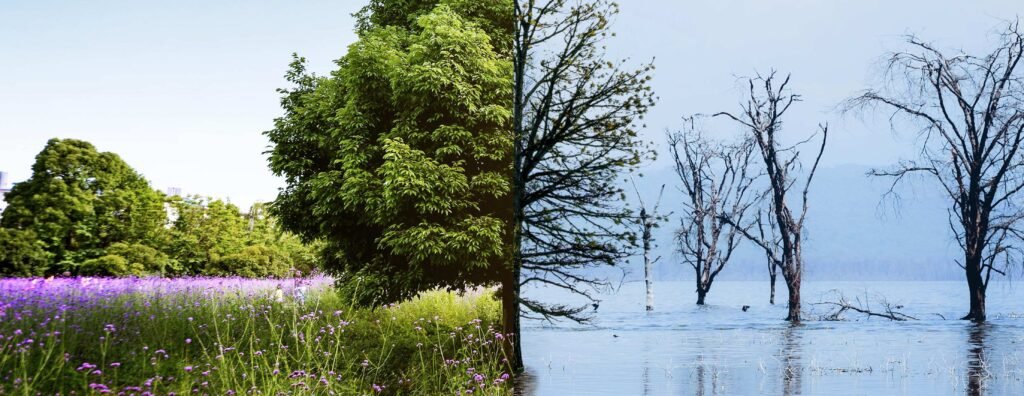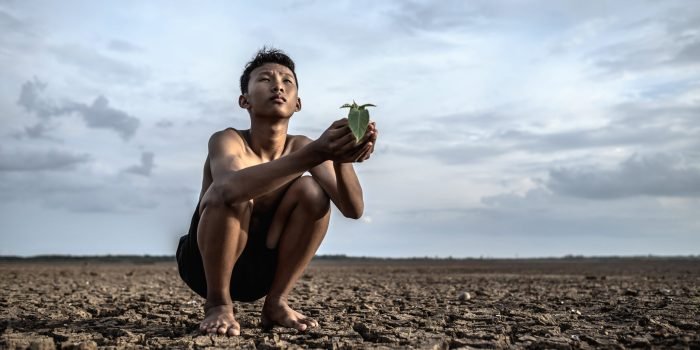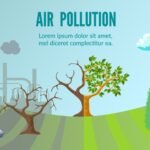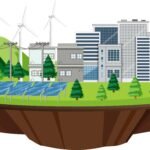One of the most important problems facing humanity right now is climate change. It alludes to notable and enduring alterations in the Earth’s climate, specifically the gradual increase in global temperatures and their extensive effects over time. Understanding this phenomenon is essential to resolving its issues, as it is driven by a variety of environmental and human forces. We will discuss what climate change is, how it occurs, what we can do to lessen its consequences, and its causes in this blog.
What Constitutes Climate Change?
A wide range of modifications to the Earth’s climate system are included in the term “climate change,” such as rising temperatures, altered weather patterns, and adjustments to the frequency and severity of extreme weather events. It entails more than just rising temperatures; it also throws off the environment’s normal rhythms and balance, which has an impact on everything from ecosystems to human cultures.
Climate Change: The Science Behind It
The intricate relationships that exist between the atmosphere, seas, land surfaces, and living things all affect the Earth’s climate. The rise of greenhouse gases (GHGs) in the atmosphere as a result of human activity is the main cause of modern climate change. The “greenhouse effect” that these gases produce warms the earth by absorbing heat from the sun.
1. Greenhouse Gases
**: Nitrous oxide (N2O), carbon dioxide (CO2), and methane (CH4) are the primary greenhouse gases (GHGs) causing climate change. Numerous processes, such as burning fossil fuels, deforestation, industrial operations, and agriculture, result in the production of these gases.
2. Carbon Cycle
This refers to the flow of carbon atoms through the biosphere, seas, and atmosphere of Earth. Due to the large CO2 emissions from burning fossil fuels and deforestation, which outweigh the natural mechanisms that typically maintain equilibrium levels of atmospheric CO2, human activities have upset this cycle.
3. Radiative Forcing
The shift in the Earth’s atmosphere’s energy balance brought on by greenhouse gases is known as radiative forcing. The Earth is warmed by positive radiative forcing and cooled by negative radiative forcing. Global temperatures are rising as a result of a net positive radiative forcing brought on by the increased concentration of GHGs.

The reasons for climate change
There are two main causes of climate change: natural and anthropogenic (caused by humans). Although there are natural elements that affect the climate, such as solar radiation changes and volcanic eruptions, human activity is mostly responsible for the current trend of rapid warming.
1. Fossil Fuel Combustion
The most important greenhouse gas (GHG) is released when coal, oil, and natural gas are burned for energy or transportation. The main source of climate change caused by humans is this mechanism.
2. Deforestation
As organic carbon sinks, trees take up CO2. Because fewer trees are growing as a result of logging, urbanization, and agriculture, the Earth’s ability to absorb CO2 is reduced. Burning forests also releases stored carbon, which raises atmospheric CO2 levels even more.
3. Agriculture
Through the emission of N2O from synthetic fertilizers and CH4 from the digestion and dung of cattle, modern agricultural methods contribute to climate change. CH4 is also released by rice paddies as organic debris in wet fields breaks down.
4. Industrial Processes
Using specific chemicals and producing cement are two examples of industrial operations that emit different greenhouse gases. The total amount of GHGs in the atmosphere is increased by these releases.
Climate Change's Effects
The effects of climate change are already apparent and are predicted to get worse over the next several years. These consequences are wide-ranging and varied, having an impact on both human society and natural systems.
1. Rising Temperatures
Since pre-industrial times, the average global temperature has increased by 1.2°C. Because of the way that climate change is affecting weather patterns, there will be more frequent and intense heatwaves, which can stress ecosystems and result in heat-related illnesses.
2. Sea Level Rise
Sea levels rise as a result of seawater’s thermal expansion and the melting of glaciers and ice caps. Coastal towns are under risk from increasing floods, erosion, and habitat loss as a result of this occurrence.
3. Extreme Weather Events
Increases in the frequency and severity of extreme weather events, such as hurricanes, droughts, and torrential rain, are associated with climate change. These occurrences have the potential to seriously harm people’s lives, economies, and infrastructure.
4. Ocean acidity
Rising CO2 concentrations warm the atmosphere and dissolve in the oceans, resulting in acidity. The creatures with calcium carbonate skeletons and shells, including corals and shellfish, which are essential to both human economy and marine ecosystems, are impacted by this process.
5. Ecosystem Disruption
Variations in temperature and precipitation patterns cause harm to biodiversity and ecosystems. The loss of biodiversity that threatens ecosystem resilience and human livelihoods results from the extinction of species that are unable to adapt or migrate.

Individuals' Roles
Even if structural change is required, people can make a big difference in the fight against climate change. The following are some things that people can do
1. Reduce Energy Consumption
Energy-efficient appliances, insulating homes, and turning off lights when not in use are all easy ways to cut back on energy use and emissions.
2. Sustainable Transportation
Rather than driving alone, choosing to take public transportation, carpool, bike, or walk can drastically lower carbon footprints. Alternatives that are better for the environment include electric and hybrid cars.
3. Dietary Choices
Cutting back on meat intake, especially on beef, will help reduce animal methane emissions. Lowering food waste and switching to a plant-based diet are two other ways to cut emissions.
4. Support Green Initiatives
Promoting environmental legislation and initiatives, together with backing companies and goods that place a high priority on sustainability, can help bring about a more significant shift in society.
5. Reduce, Reuse, Recycle
Cutting back on waste by reusing, recycling, and conserving resources helps cut down on emissions from manufacturing and disposal
Final Thoughts
All facets of society must work immediately and together to address the complicated and critical issue of climate change. The evidence is unequivocal: global warming is being caused by human activity, and the effects are already being seen globally. We can lessen the effects of climate change and create a future that is more robust and sustainable by cutting emissions, preserving and reestablishing natural ecosystems, investing in sustainable technology, and promoting international collaboration. In the struggle against this existential menace, time is of the essence and every effort must be made.













2 thoughts on “what is Climate change?”